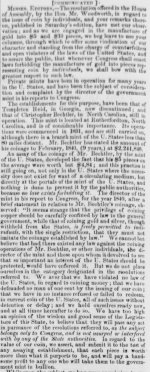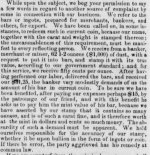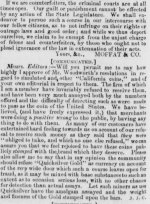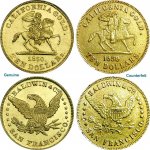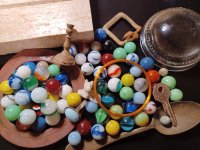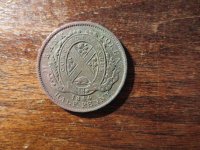Trapper John
Jr. Member
- Dec 29, 2014
- 85
- 136
- Detector(s) used
- Garrett AT Pro
- Primary Interest:
- Metal Detecting
I am interested in sharing efforts to find out more about this story. I rate myself as better than a newbie but not quite an advanced intermediate with my AT Pro. I do have strong writing and research skills. Anyone interested in a collaboration to learn more about this story?


 Or early early settler golf course... haha!
Or early early settler golf course... haha!